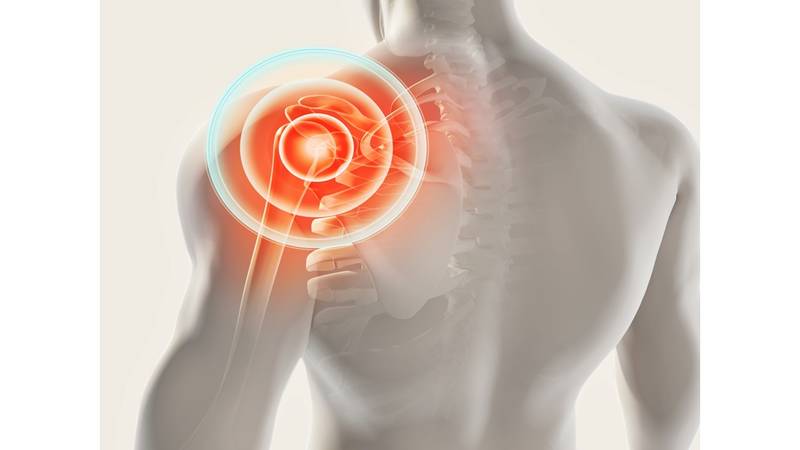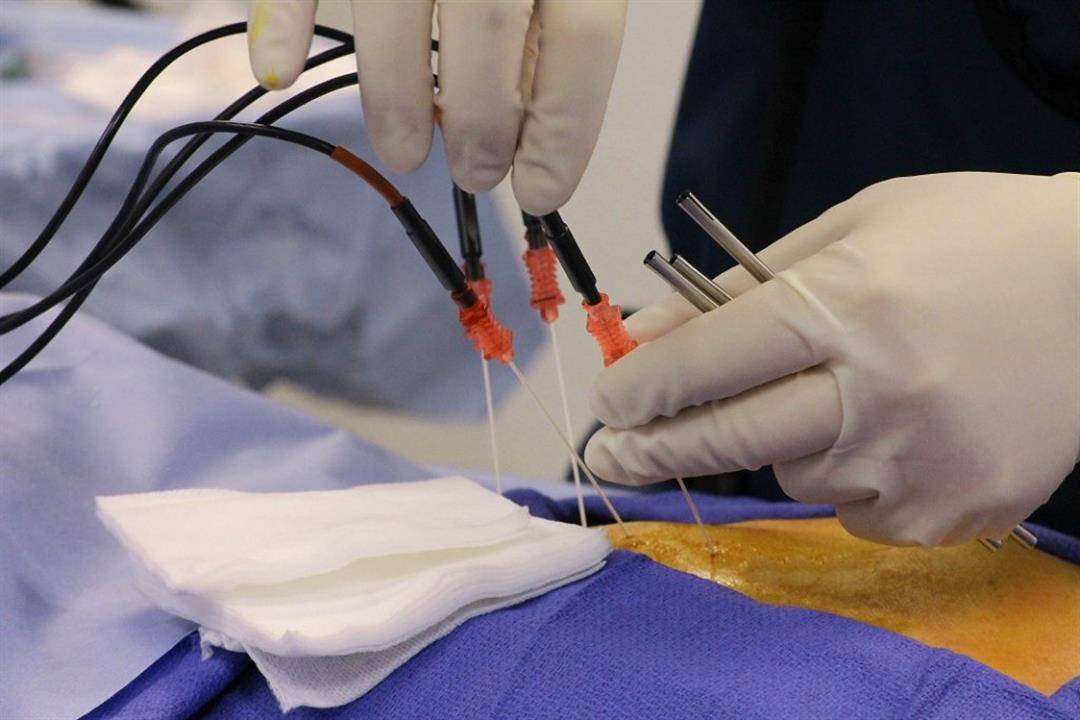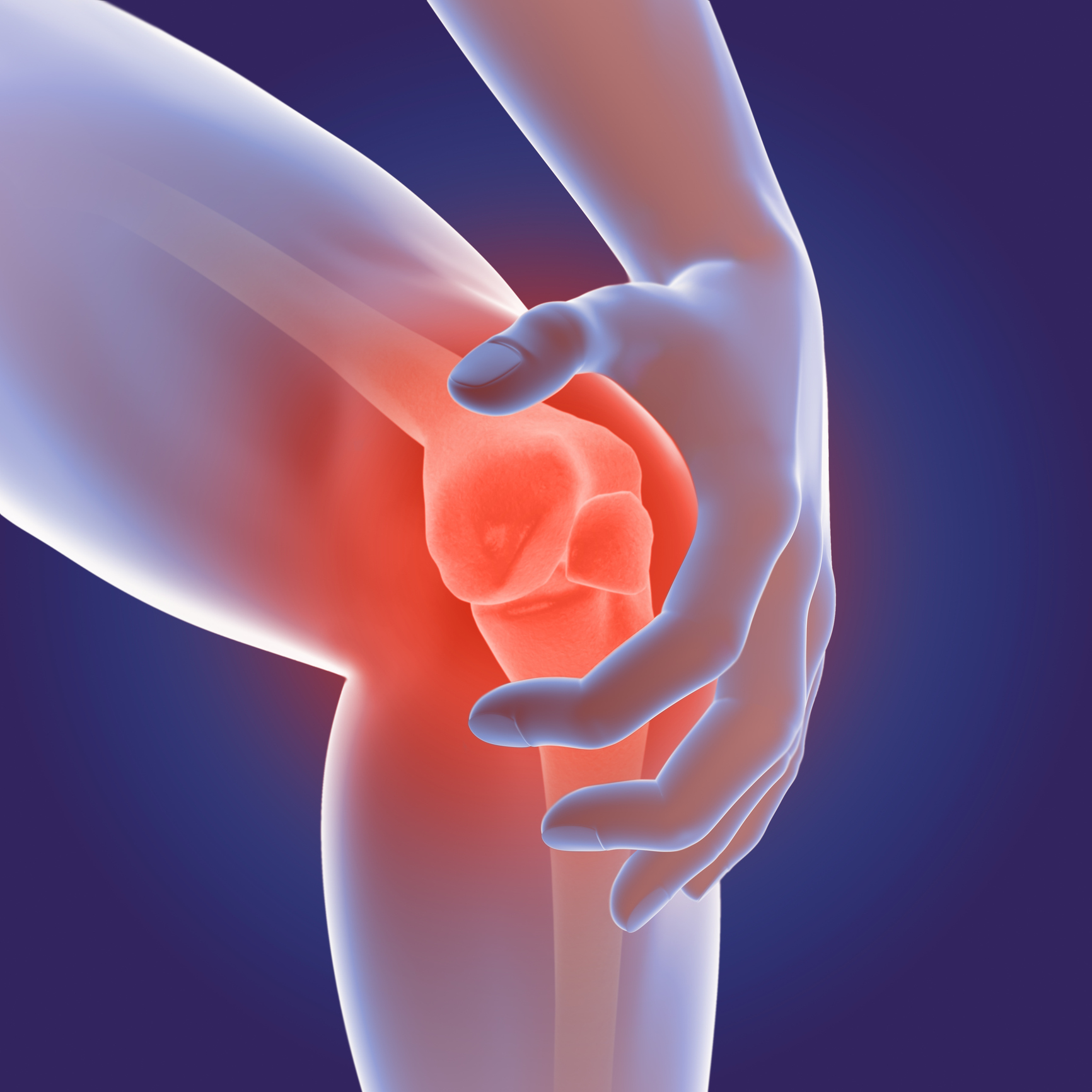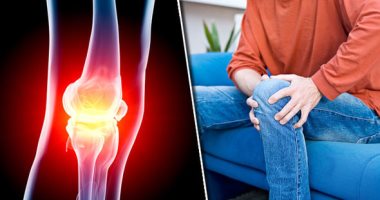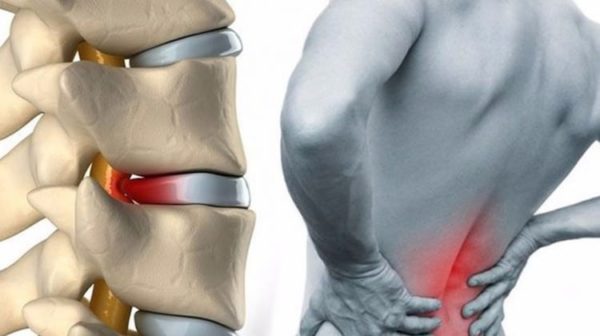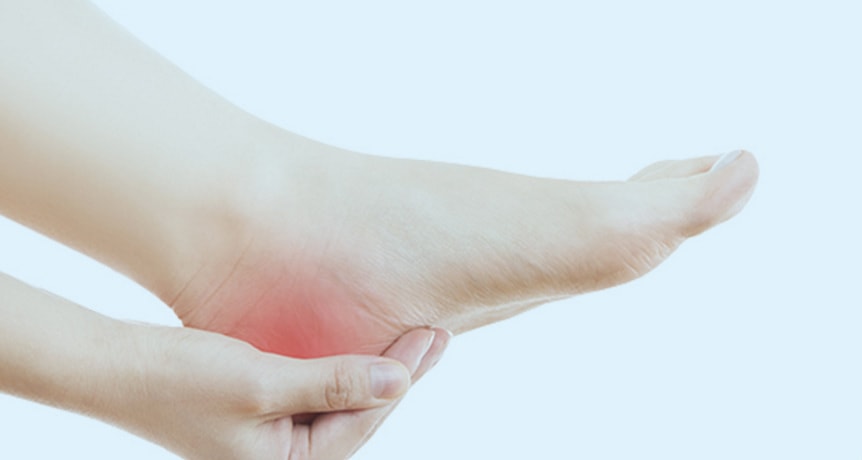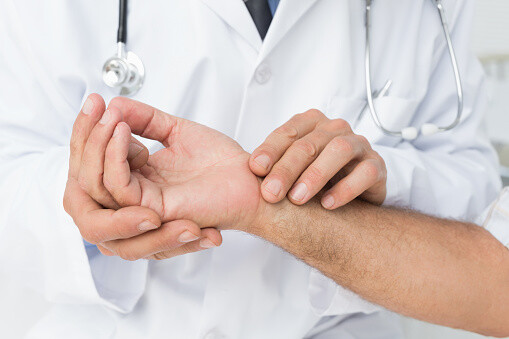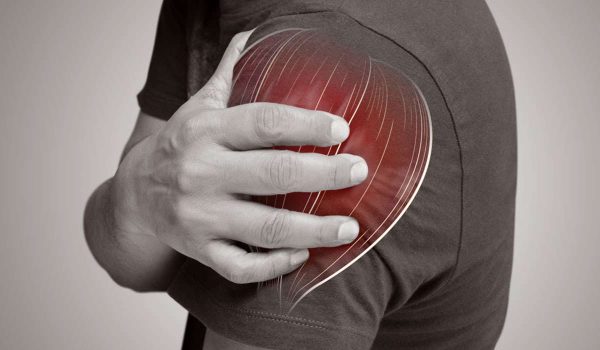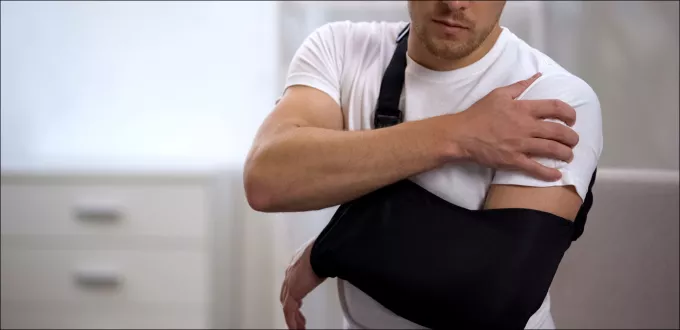The process of installing a bracket and screws in the arm, and does it have any damage?
Arm fractures are diverse and have more than one treatment method, and this is what we will learn about in the following article.

Arm fractures
Fractures in general are cracks in the bones that can be followed by a complete separation between the two parts of the bone that occurs as a result of strong pressure on it, whether due to an accident or a direct fall on the bones and other reasons that give greater strength than the bearing of the bones and thus harm to cause a crack or fracture in them.
Work can be done to repair arm fractures through several methods, including splinting or casting for a certain period, but one of the modern methods of treating arm fractures is the installation of plates and screws that work to stabilize the broken bones and give an opportunity for the bone to heal again.
The recovery period can vary between children, which is about 4 weeks at least, and adults, which reaches several months. The injured person must take care of changing the bandages regularly so that the body is not exposed to complications while taking care to perform physiotherapy in the rehabilitation program for the injured person.
Causes of arm fractures
There are several factors that can lead to a fracture or crack, on top of which is the intense pressure that the bones cannot bear, and often it is a sudden and rapid force, and among the most common causes of arm fractures are:
- A direct blow to the bone.
- Falling hard on the ground with arms outstretched.
- Traffic accidents or other injuries.
- Injury as a result of extreme stress, as in players.
- Falling on a hard surface.
The injured person must immediately return to the doctor after the injury in order to determine the location of the fracture and its type, and whether or not there was an impact on any part close to the fracture, and then the doctor determines the appropriate method of treatment, and in many cases the installation of brackets and screws is the most effective and safe solution.
Symptoms of a broken arm
Some symptoms begin to appear on the injured person immediately and increase with time if first aid is not provided until the appropriate treatment is started for him after making a diagnosis of the condition and knowing the location of the fracture. Among the symptoms that the patient feels are the following:
- Feeling a sharp pain in the arm.
- Inability to use the affected part.
- Swelling at the fracture site.
Complications of arm fractures
The arm can be exposed to complications in the event of a delay in treatment or the body’s failure to respond to it, including non-healing of the bones or the occurrence of infection at the site of the wound, and the risks sometimes reach death of the bone as a result of the lack of normal blood flow in it, so it is important to expedite the treatment for the fracture.
How is an arm fracture diagnosed?
The patient definitely feels an abnormal feeling after suffering a fracture in the arm bone, and symptoms begin to appear immediately from severe pain, inability to move the arm, or difficulty in bending the elbow, and this is what the doctor asks about during the physical examination of the injured person.
The patient then performs bone examinations using X-rays and CT scans of the affected part to find out the exact condition of the bone after the fracture, and the use of magnetic resonance imaging is necessary in the case of stress fractures because it allows more accurate imaging of the bones and their condition.
How to treat a broken arm
After the necessary diagnosis is made for the injured, the treatment phase begins, which may require some time. There are two ways to treat leg fractures, either by splinting or using braces that help stabilize the bones and heal wounds without causing muscle relaxation.
The second method, which is in cases of severe fractures, is the use of plates and screws that are designed to give the necessary fixation to the bone and help in building the broken parts and healing the fracture again.
The process of installing a bracket and screws in the arm
The process of installing plates and screws in the arm is one of the safe medical procedures that provide the patient with faster healing of fractures and reduce the risks after surgery because it is designed to be placed in the body without causing harm to the affected part, but rather helps to connect the broken bones in order to heal.
Repairing fractures by installing plates and screws that are suitable for bone fractures close to the joints, such as the arm, and there is more than one material that can be made of screws and plates used in treating wounds, including nickel, treated chromium, cobalt, and titanium, all of which are processed to fit the presence in the body.
Instructions Pre-process installation of slats and screws in the arm
There are a number of steps that the patient needs to take before the operation of installing a chip and screws in the arm, which works to prepare the patient for surgery, and the pre-operative instructions are:
- Discuss the medications that the patient is currently taking, and avoid certain types of them, such as blood thinners.
- Complete abstinence from smoking for at least 14 days before the surgery.
- Using some antibiotics that reduce the risk of infection and are prescribed by the doctor for a week before surgery.
- Refrain from food about 6 hours before the operation.
- Stop drinking liquids two hours before surgery.
Procedures for the process of installing a bracket and screws in the arm
When using plates and screws, the doctor works to stabilize the severe fracture at the site of injury and give it the ability to heal faster by forming what looks like bridges between the broken bones, which are soft at first, then harden and weld between the bones.
The steps for installing a chip and screws in the arm are as follows:
- The patient is usually anesthetized through general anesthesia, in the event that the patient has a disease that requires the use of another type of anesthesia.
- The wound is cleaned if it is an open type of fracture, or an incision is made at the site of the injury if it is a closed one.
- The surgeon installs the flap in the affected part and fixes it with the bone through screws, and this works to help the bone to fuse.
- The surgeon cleans and sterilizes the wound again, sutures it with several stitches, and applies bandages.
- The patient returns to the operating room to perform the necessary examinations after the operation.
Post-process slides and screws
After the surgery to install plates and screws, the medical staff examines the patient well to ensure the integrity of the wound, ensure that there are no complications and that the patient is able to use the injured bone, and determine the success rate of the operation. Doctors explain the instructions that the patient must follow after the operation, which are:
- Make sure to take enough rest after the operation.
- Do not move the affected bones as much as possible.
- Refer to the specialist doctor in case of feeling pain or increased swelling.
- Use cold water compresses to reduce swelling in the arm.
- Discussing the appropriate physiotherapy program for the patient’s condition after surgery.
- Taking medications, and drugs, and applying paint is recommended by the attending physician during the recovery period.
- Do not return to normal activity or work without consulting a doctor.
The duration of the process of installing a bracket and screws in the arm
The duration of the slides and screws operation can be from two to three hours or more, and this is due to the type of fracture and the condition of the patient after the surgery is performed on him.
Recovery time after the operation of the slide and screws in the arm
The process of installing a bracket and screws in the broken bones in the arm is considered one of the safe medical procedures that reduce the severity of complications and speeds up recovery after a lot, but the patient must maintain the broken bone without stress or exercising vigorously for a period of 4 to 8 weeks after surgery.
Damage to slats and screws
The installation of plates and screws is relied upon by doctors in many types of fractures that occur in the body because it is considered a modern method and a great development has occurred in it recently, but like other operations, there are some side effects or damages that rarely occur to the injured.
Here are some of the complications that can be caused by the placement of a plate and screws:
- Infection at the wound site.
- Inflammation at the fracture site.
- A break in the bracket or one of the screws.
- The slide moves from its position and impacts the joint near the fracture.
- A protrusion in the skin due to the slide changing its location.
The process of installing brackets and bolts in the elbow
The operations of installing plates and screws are often similar, especially in the procedures that take place before and after the operation, which help the patient avoid complications. The patient is prepared before surgery through diagnosis to know the condition of the joint and the fracture that occurred in it.
Doctors can use the treatment of a fracture close to the elbow joint or change the elbow joint with plates and screws that help stabilize the fracture and work to help the fracture fuse in the elbow, and thus the injured person can use it normally again.
Do slides and screws cause pain?
The patient may feel pain after installing the plates and screws in the affected part, but soon the patient begins to feel better after using analgesics, but if the pain increases or is not affected by the analgesics, he must refer to the doctor because there is a possibility of a blood clot.



